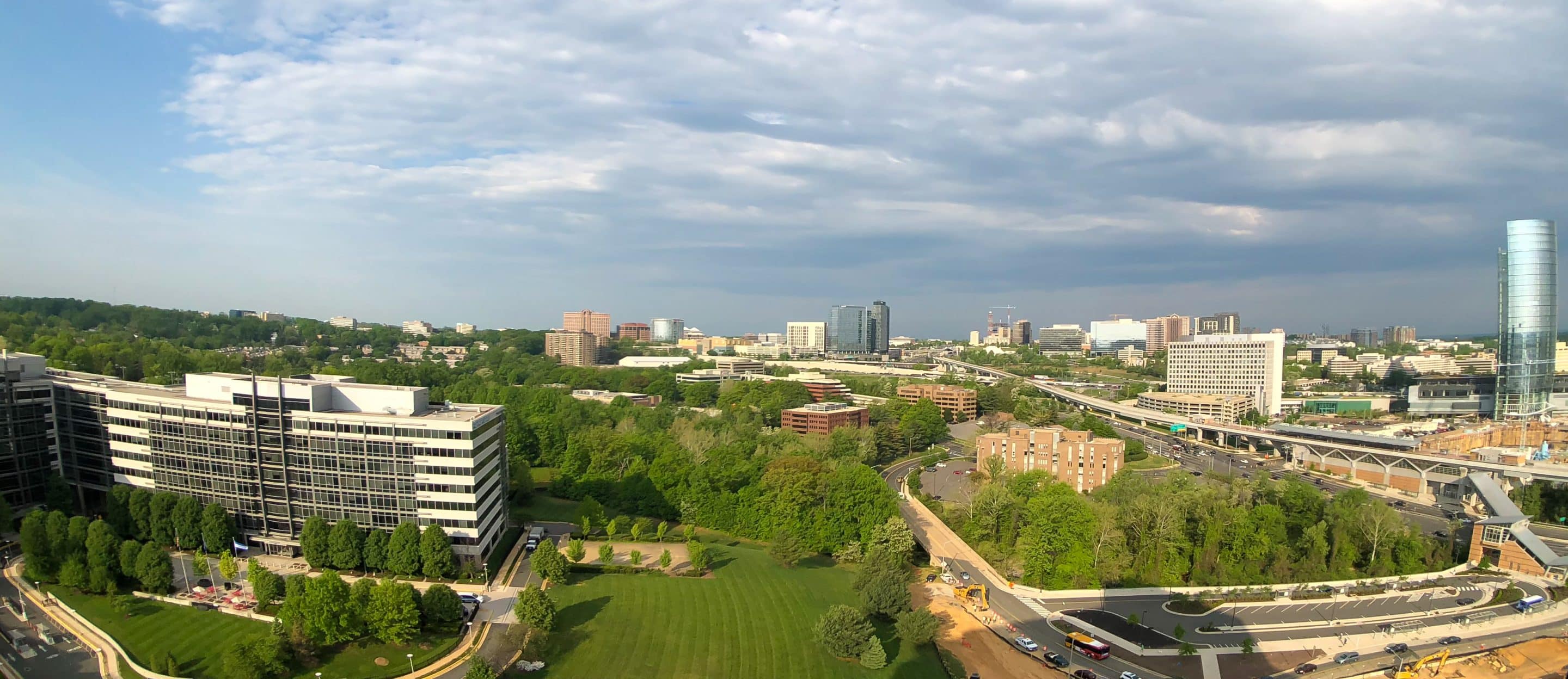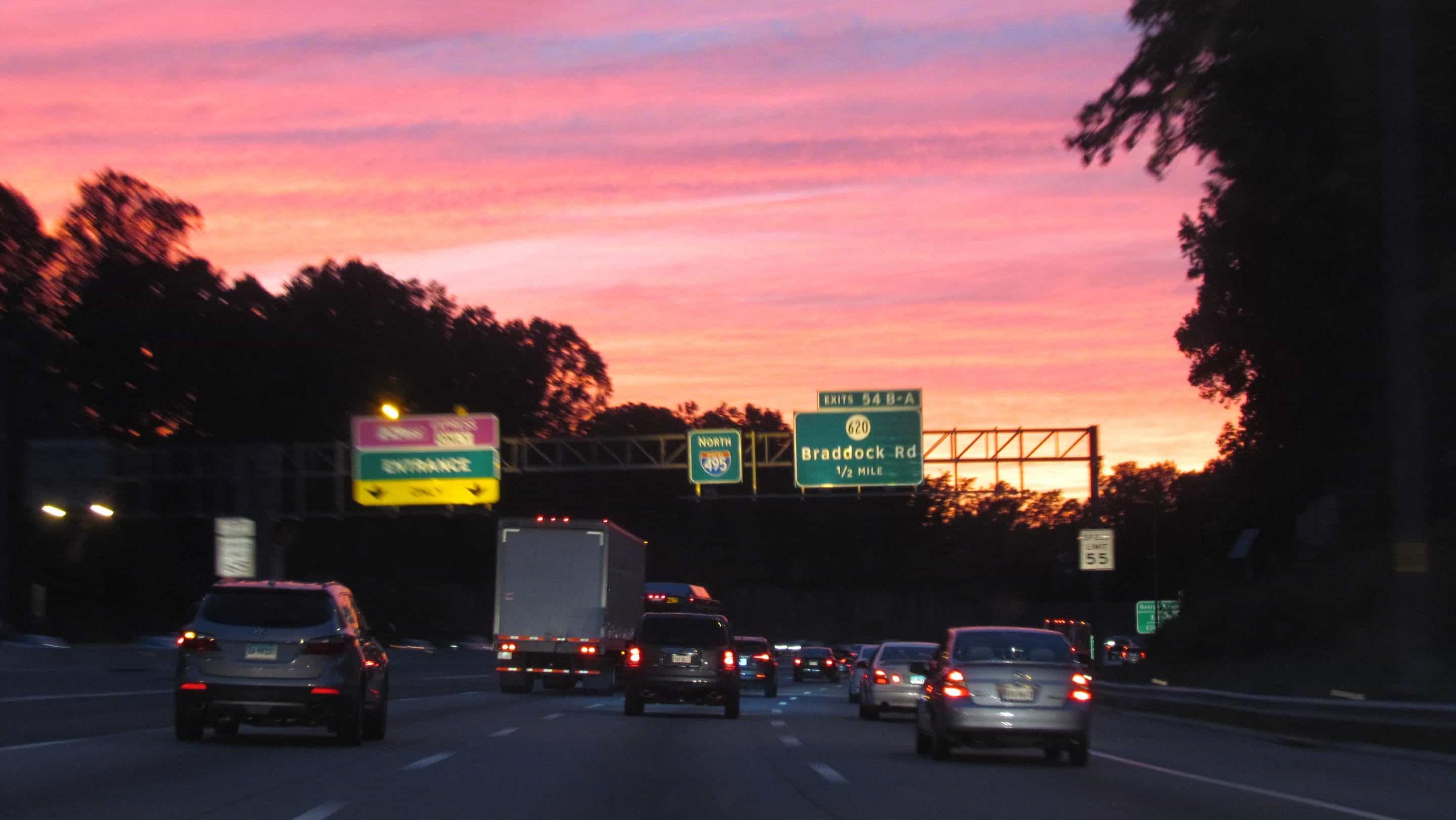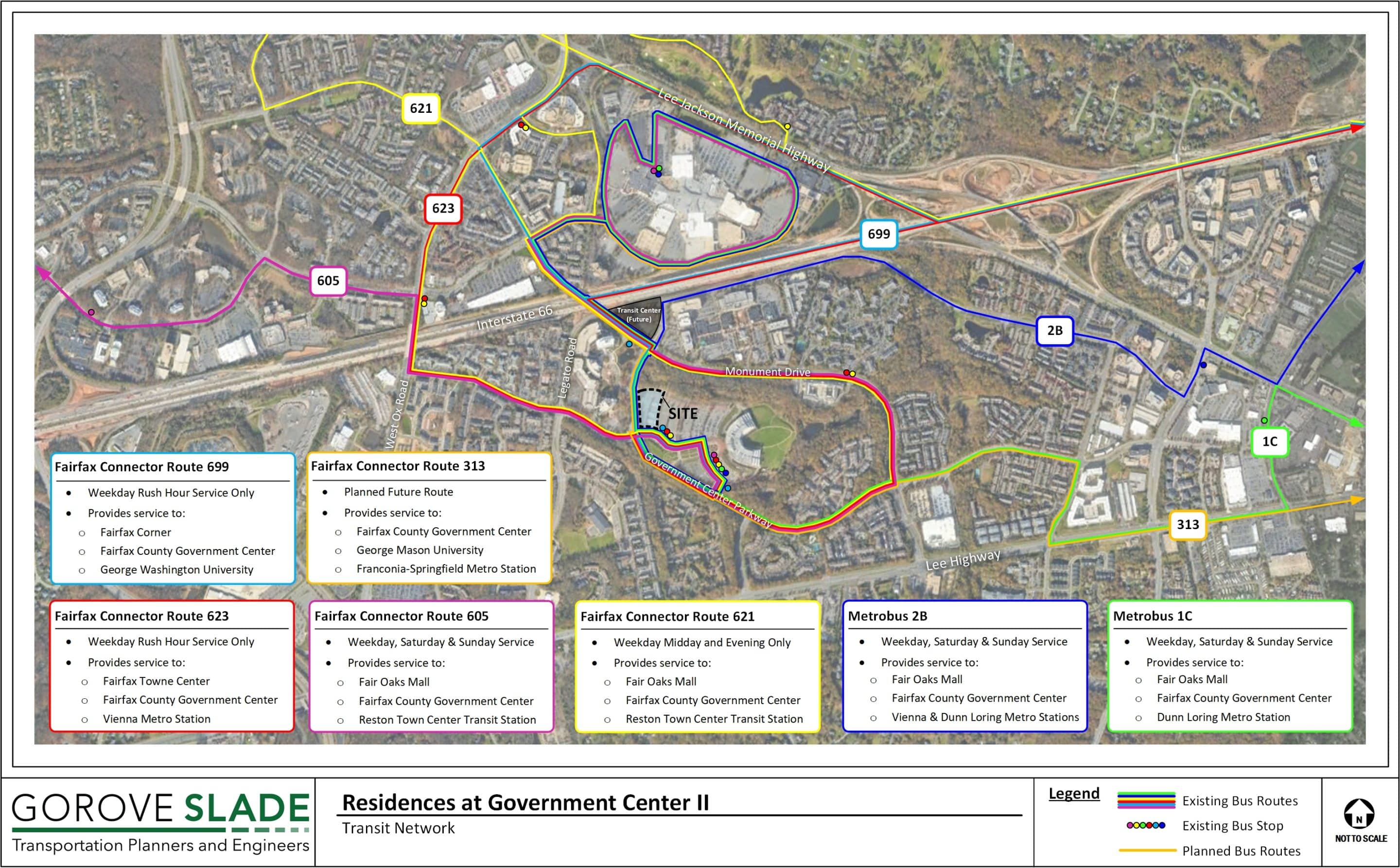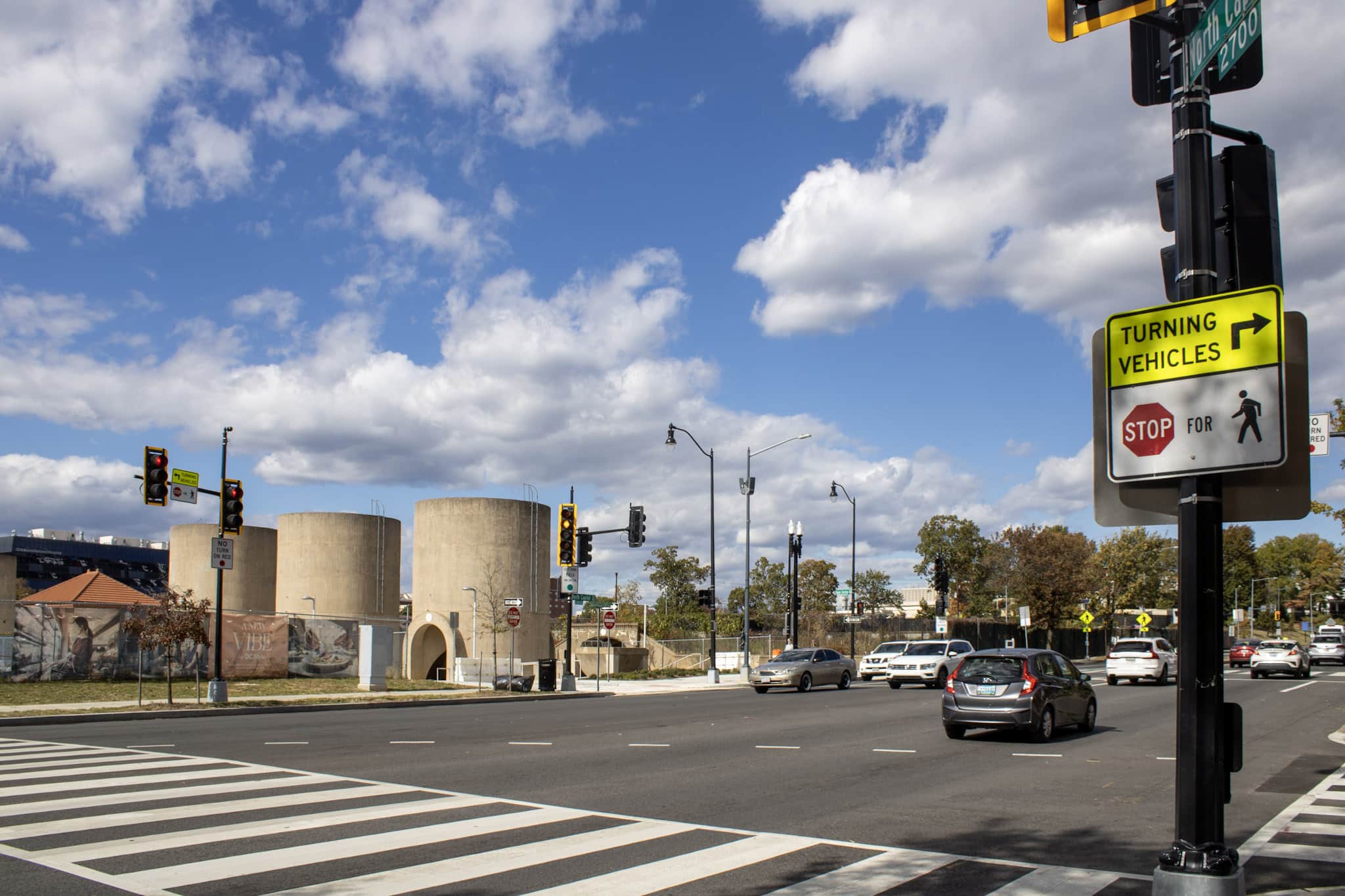
Navigating Fairfax County's Most Complex Regulatory Environment
Picture this: A developer walks into the Fairfax County planning offices with a mixed-use project. If their site is in the Clifton area, they’ll face one set of parking requirements. If it’s in Reston, different rules apply. But if they’re building in Tysons? They’re entering Fairfax County’s most sophisticated regulatory environment—the only place in the county where parking maximums, not just minimums, shape development decisions.
This isn’t a coincidence. It’s the result of Fairfax County grappling with a unique challenge that few other jurisdictions face: How do you set development policy for a county that spans everything from urban high-rises to rural estates?

Tysons, Virginia
The Tysons Exception: Where Different Rules Apply
In 2024, Fairfax County began implementing the Parking Reimagined project, which included a Tiered Parking Framework that “allows for lower minimum parking requirements in areas of the county with higher density and better transit availability.”*
Tysons had already taken this one step further, instituting parking maximums that fundamentally change development economics. This approach has been in place for more than a decade, dating back to the Tysons Comprehensive Plan and the creation of the Planned Tysons Corner (PTC) district in the Zoning Ordinance—a pioneering move that established Tysons as the county’s testing ground for urban-scale development regulations.
The tiered set of standards applies everywhere else in the county, but Tysons operates under its own framework. The goal has historically been commercial development, but the vision has evolved to introduce residential uses to the point where there’s a proper mix of both—creating a true urban center rather than just an office park.
The distinction matters more than most developers realize. While most of the county falls under the base rate of 1.45 spaces per unit for multifamily residential, Tysons operates under an entirely different calculus where the question isn’t “how much parking do we need?” but “how much parking are we allowed?”
At Gorove Slade, we see this parking policy as supporting the broader goals of safety, walkability, and livability that make urban centers thrive. Our position is about right-sizing parking to match the context. In transit-rich environments like Tysons, excessive parking can work against creating vibrant, pedestrian-oriented places that residents and businesses increasingly demand. The key is finding the right balance for each location across all of Fairfax County.

Interstate 495 Fairfax County, Virginia
Policy by Geography: The Fairfax County Challenge
Fairfax County’s diversity presents a planning challenge that’s both fascinating and complex. The county encompasses everything from Tysons’ urban density—complete with four Metro stations and over 100,000 daily workers—to Clifton’s rural character where residents don’t see public transit for miles.
This geographic diversity explains why the county spent two years developing its new tiered parking system. Traditional one-size-fits-all regulations simply don’t work when your jurisdiction includes both transit-oriented urban centers and low-density suburban communities.
The average parking space requires 330 square feet, including access aisles. Construction costs for parking are substantial—particularly expensive in Fairfax County, where underground structured parking and above-ground garage construction can represent a significant portion of a project budget. In Tysons, where land values are among the county’s highest, these parking economies fundamentally shape what can be built profitably.

Residences at Government Center II – Fairfax Connector Bus Network Exhibit
The Developer’s Opportunity—and Complexity
For developers, Tysons’ unique regulatory environment creates both opportunity and complexity. The opportunity lies in the flexibility that parking maximums provide—the ability to build with less parking than suburban areas require, potentially improving project economics and allowing for more creative site planning.
The complexity comes from navigating regulations that are more sophisticated than anywhere else in the county. For example, a community swim club located in the Tysons Urban Center would need bicycle parking spaces equal to 15% of the number of car parking spaces. These requirements exist throughout the county under the tiered bicycle parking framework, but they’re more aggressive in Tysons, reflecting the higher expectations for alternative transportation in this urban environment.
These aren’t just technical details buried in zoning ordinances. They represent a fundamentally different approach to development that recognizes Tysons as a place where people can actually choose not to drive. In Fairfax County, 4.6% of households have no available vehicle and 32.7% have one vehicle available, according to the 2022 American Community Survey, but those percentages shift dramatically in transit-served urban centers.** This variation, depending on the level of urbanization, presents one of the county’s additional planning challenges—and opportunities for developers who understand these distinctions.
** Source: U.S. Census Bureau, 2022 American Community Survey 1-Year Estimates, Table DP04 (Selected Housing Characteristics), Fairfax County, Virginia
What This Means for Your Project
The implications for project planning are significant:
Site Selection: Properties near Tysons Metro stations operate under different rules than sites just a few miles away. Understanding these distinctions early in the site selection process can reveal opportunities that competitors might miss.
Financial Modeling: Parking maximums change development economics. Projects that might be marginal under standard county requirements could become highly profitable when parking costs are reduced and land use is optimized.
Design Flexibility: With reduced parking requirements come opportunities for varied site layouts, increased ground-floor activation, and creative approaches to shared parking and transportation demand management.


Transit oriented development at Reston Station
The Broader Lesson
Tysons’ role as Fairfax County’s policy laboratory extends beyond parking. It’s where the county tests approaches to density, transit integration, and urban design that may eventually influence policy in other areas.
Reston is an interesting case study in this evolution. As the next major transit-oriented area in line behind Tysons, Reston is beginning to develop its own set of separate standards that reflect its unique character and urbanization trajectory. The complexity in Reston stems from dealing with urbanizing requirements in what has been, for a decade, a push-pull between suburban patterns and urban aspirations. This evolution is pushing the county to revise its transportation guidelines toward more urban standards—for the second time in 11 years.
Gorove Slade has played a significant role in shaping Reston’s development, holding the lion’s share of work around the area, particularly near the newer Metro stations (Wiehle-Reston East, Herndon, and Innovation Center). Projects like Halley Rise and numerous high-profile developments around the Wiehle area demonstrate how these evolving standards translate into successful built environments.
For developers, this means that understanding Tysons isn’t just about succeeding in one market—it’s about getting ahead of regulatory trends that could shape development throughout Northern Virginia.
The county’s approach—creating different rules for different places based on their unique characteristics and constraints—represents a sophisticated understanding of how land use policy should work in complex, diverse jurisdictions. But sophistication requires expertise to navigate.
In a market where regulatory complexity can be a competitive advantage for those who understand it, Tysons represents the cutting edge of what’s possible when policy aligns with place. The question for developers is whether they have the expertise to capitalize on what that alignment makes possible.
Success in Fairfax County requires understanding not just what the rules allow, but why they exist and how they fit into the county’s broader policy objectives. Whether you’re working in Tysons, Reston, or other evolving areas of the county, this contextual understanding separates successful projects from missed opportunities.
Let’s talk about your next project – our Fairfax County expert, Maria Lashinger, PE, PTOE, is ready to listen.
